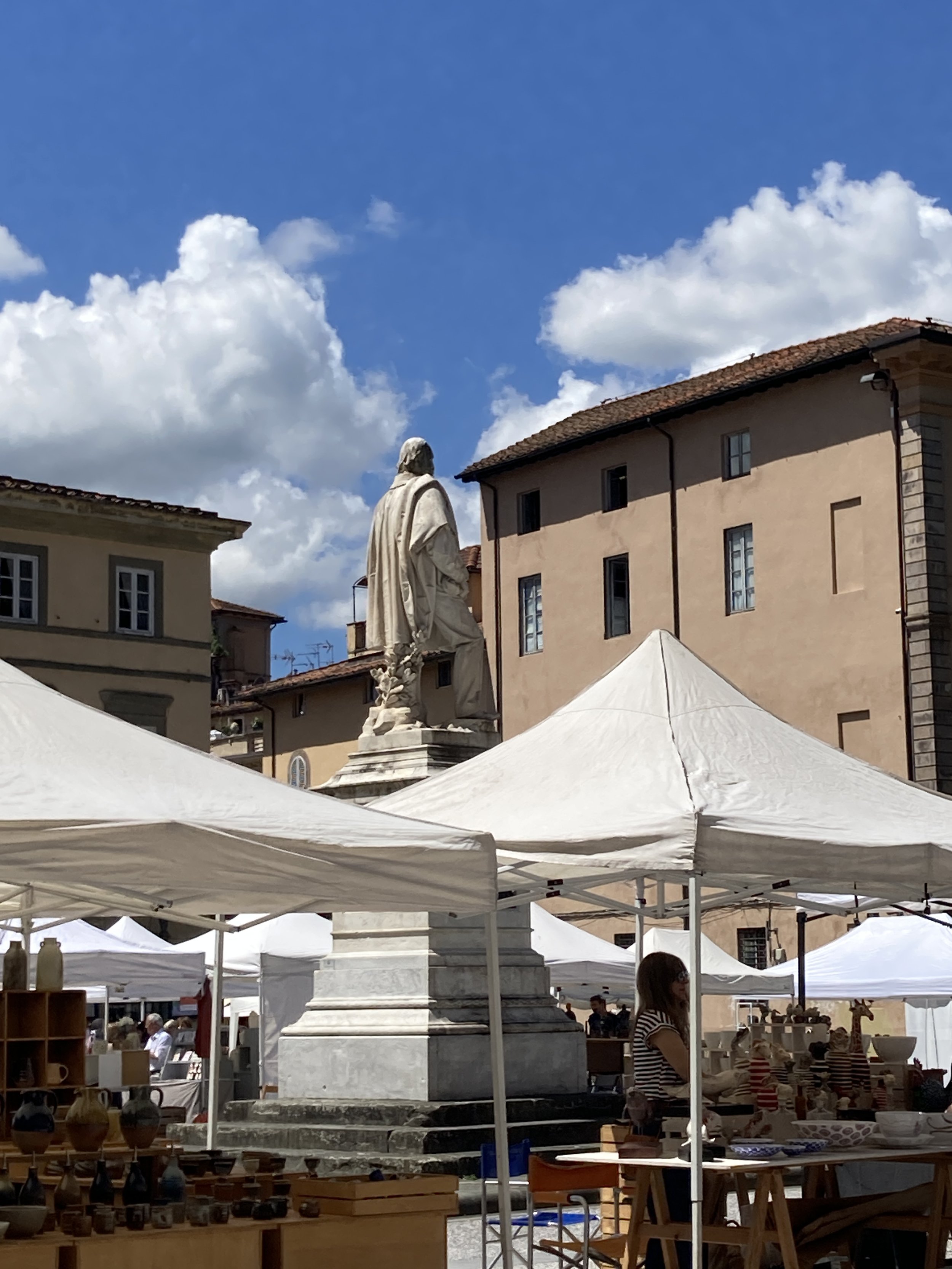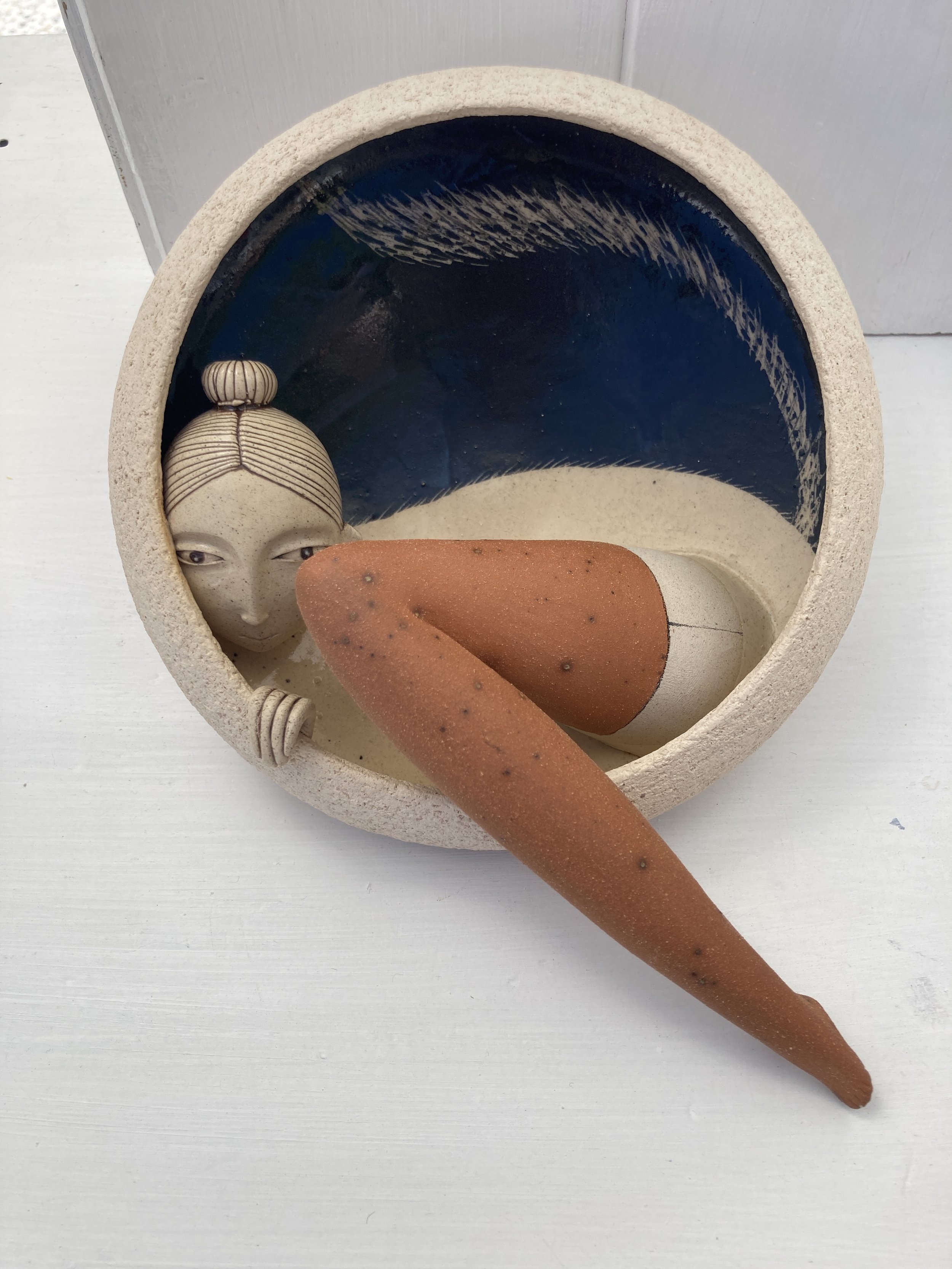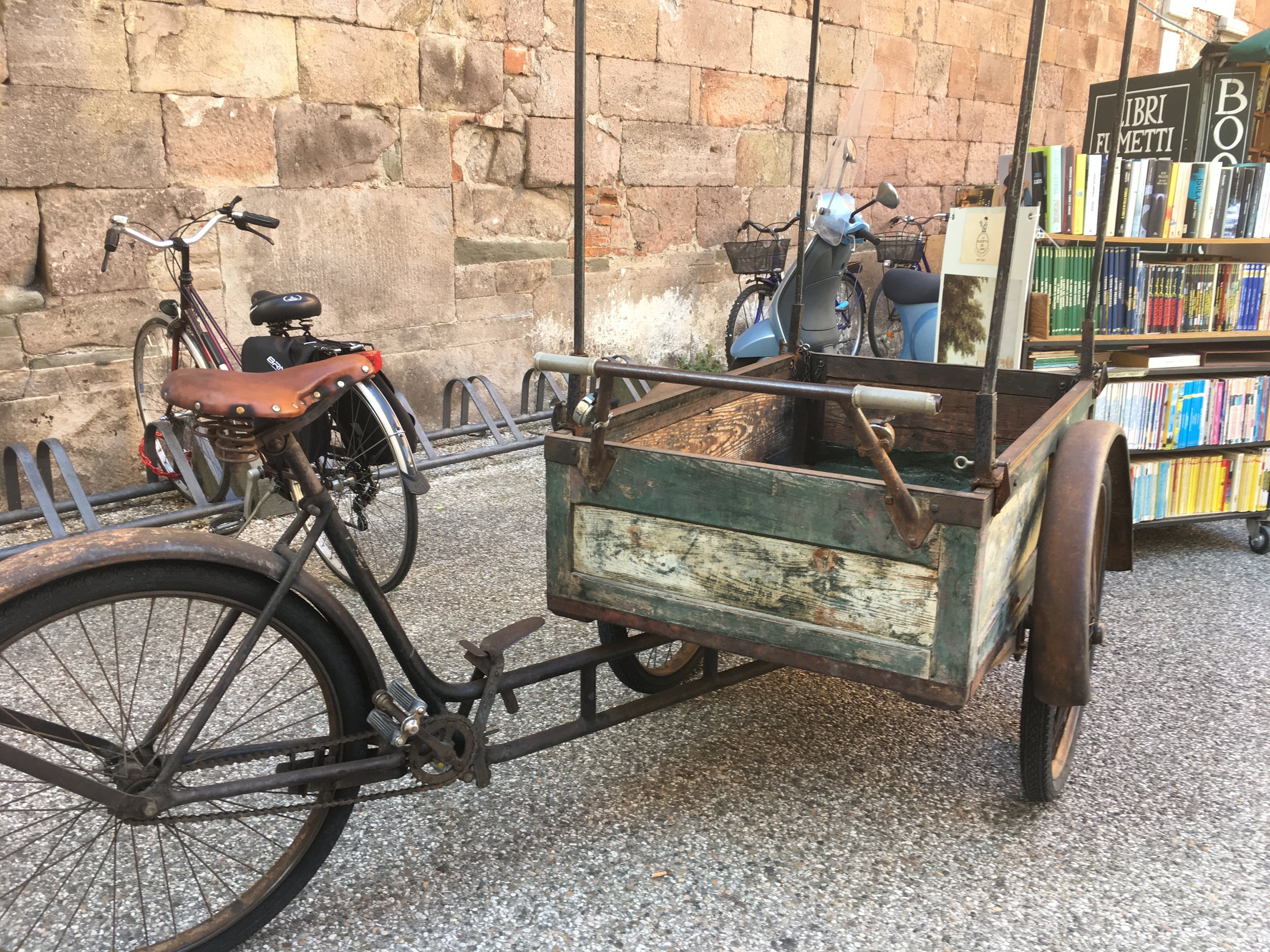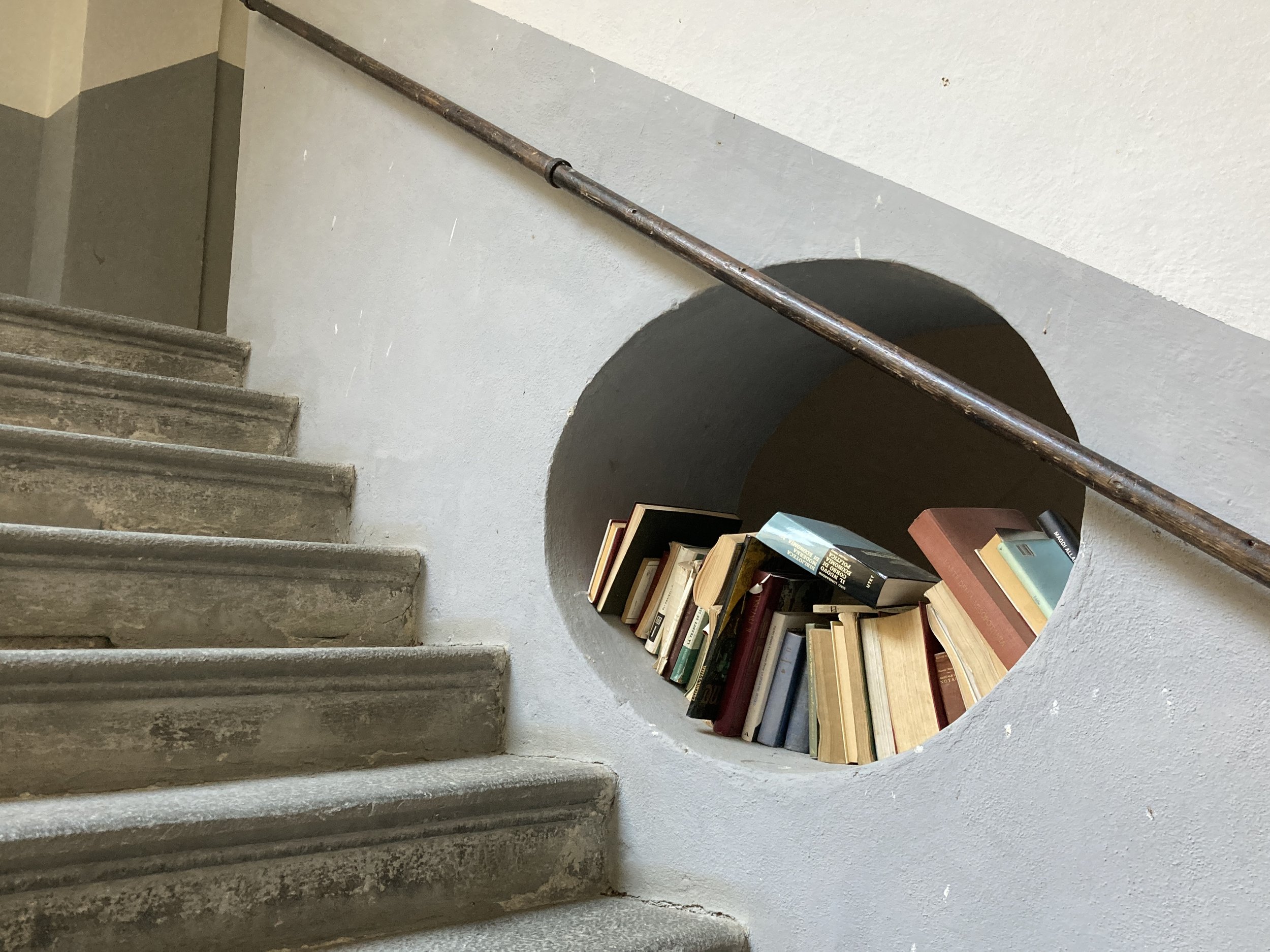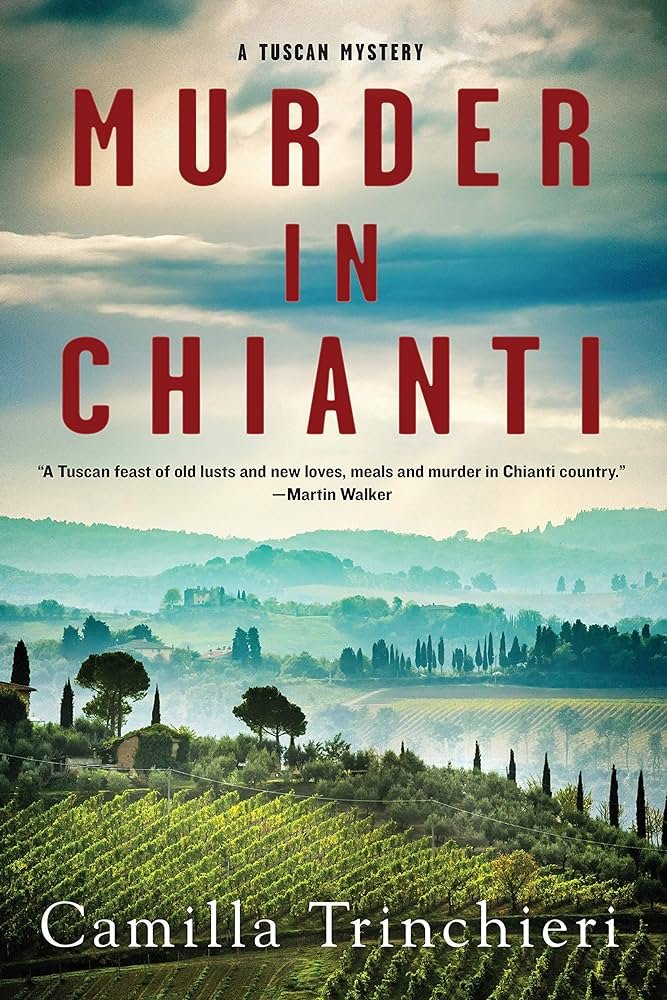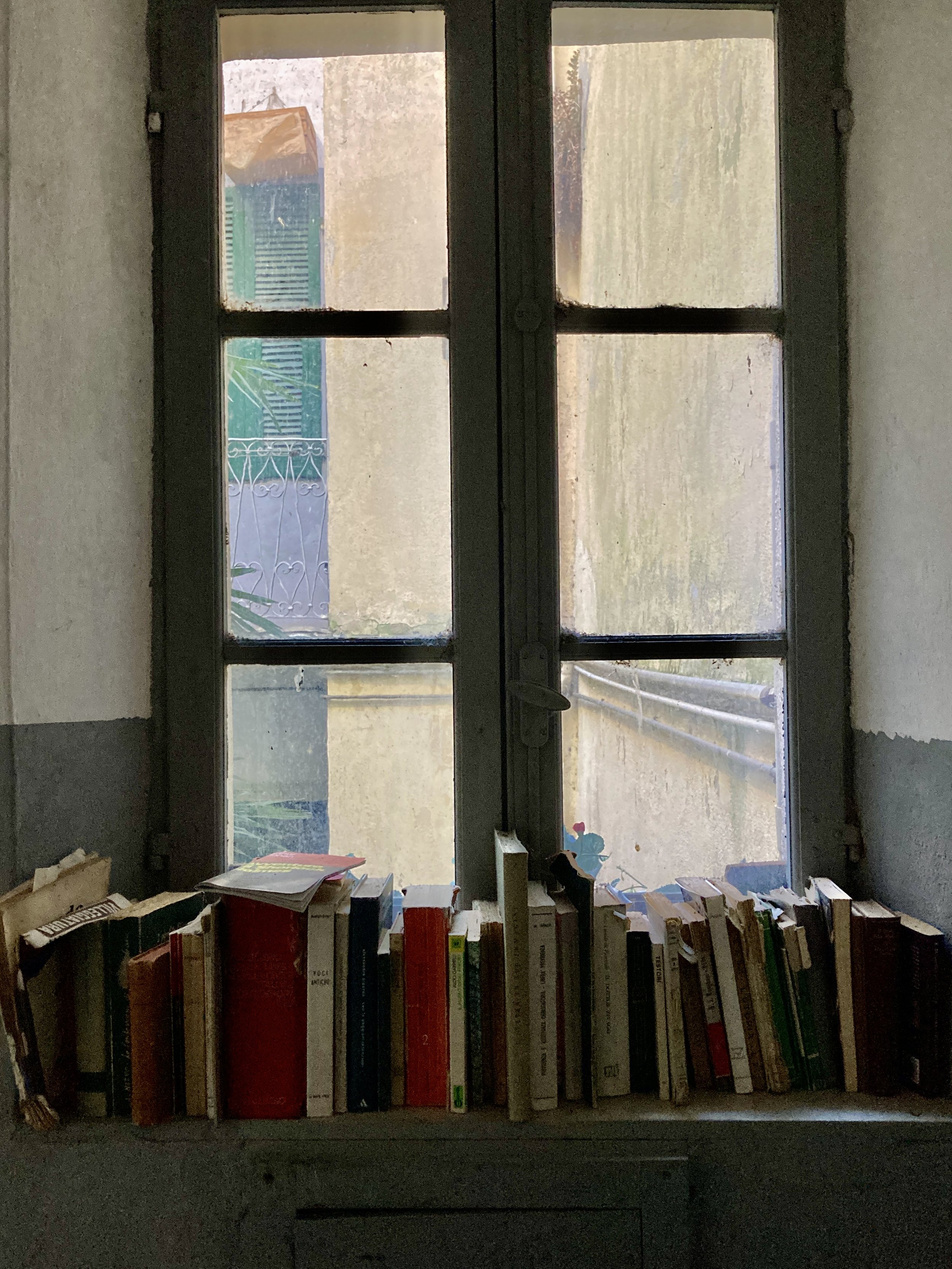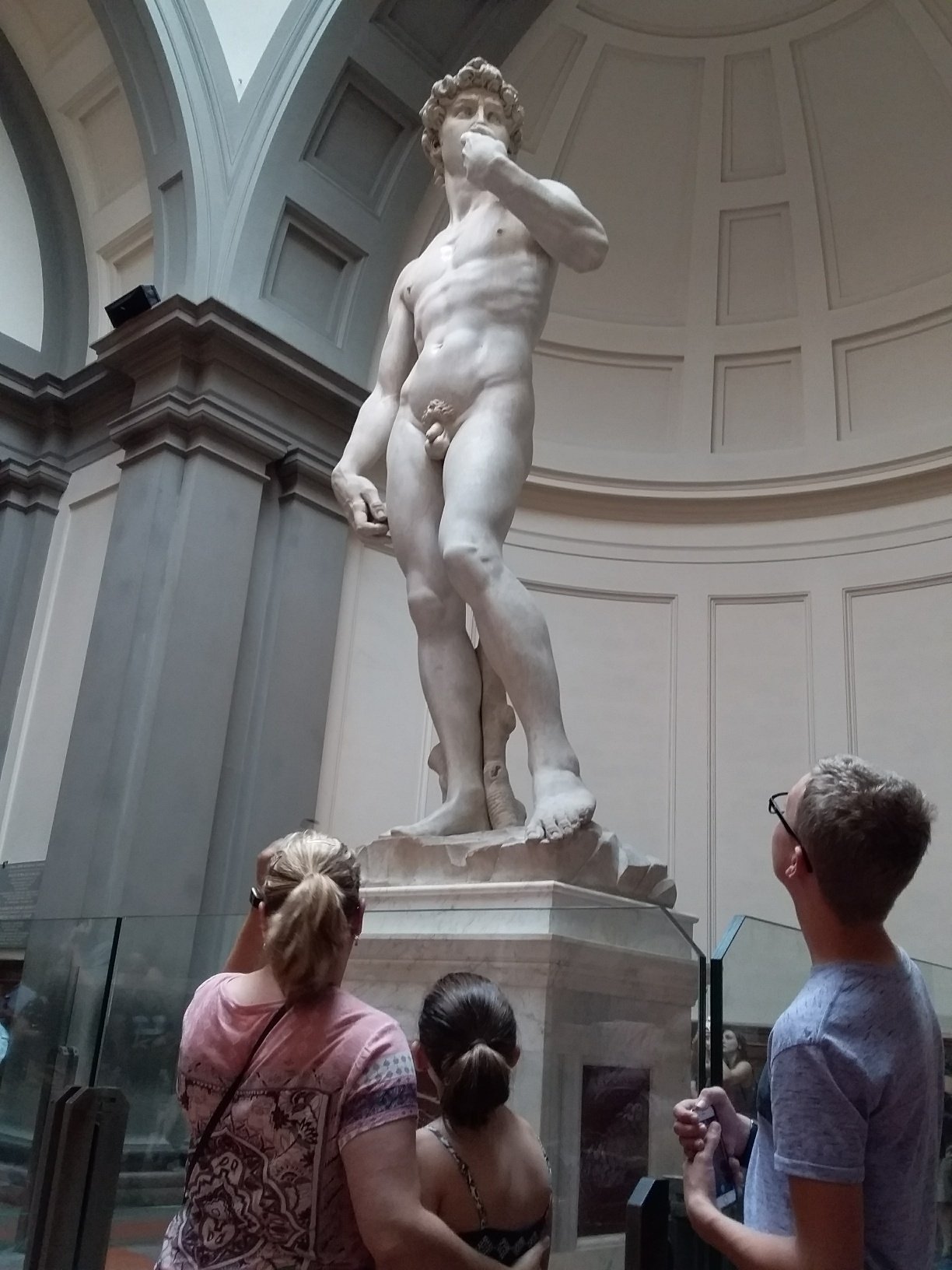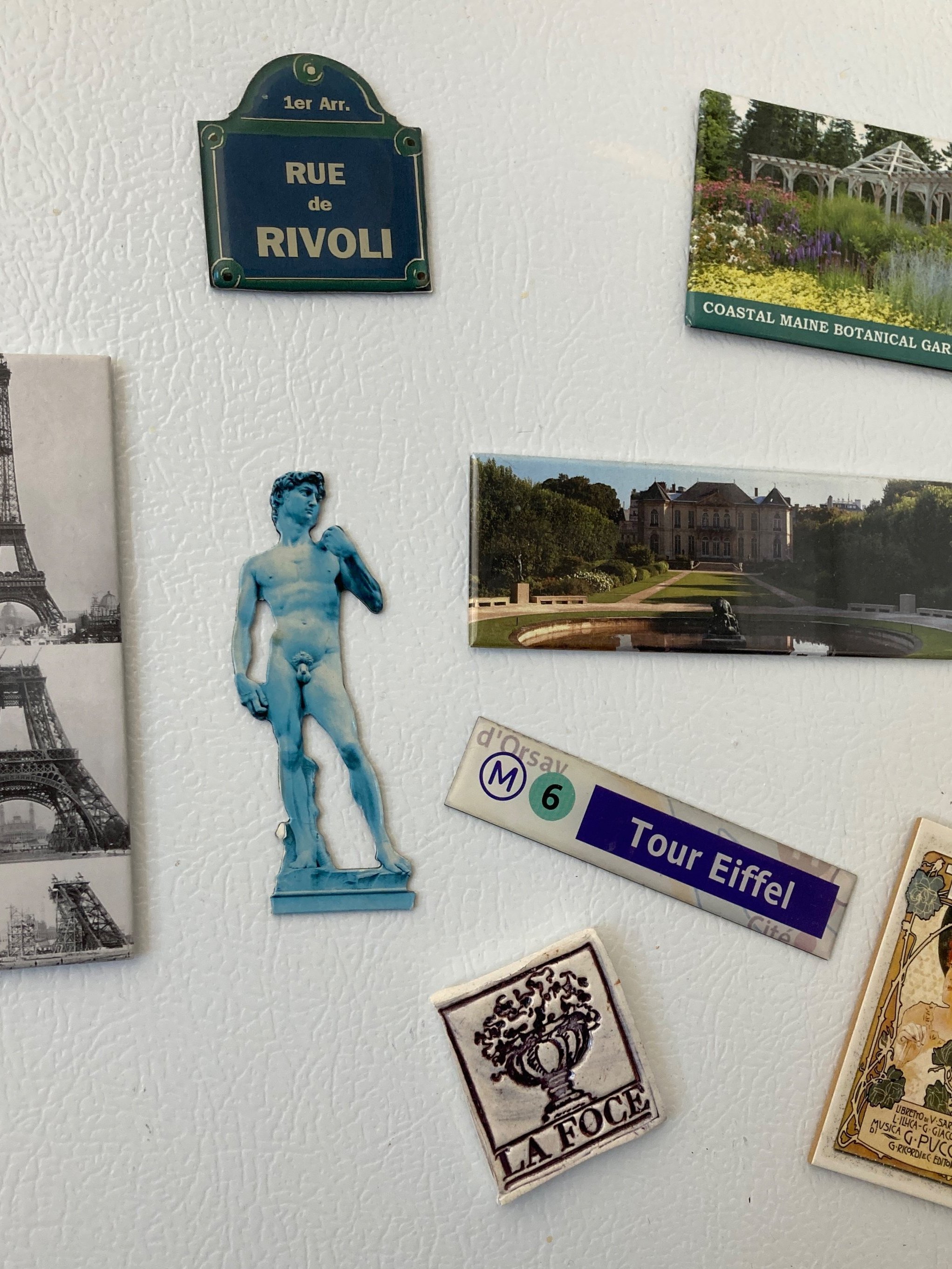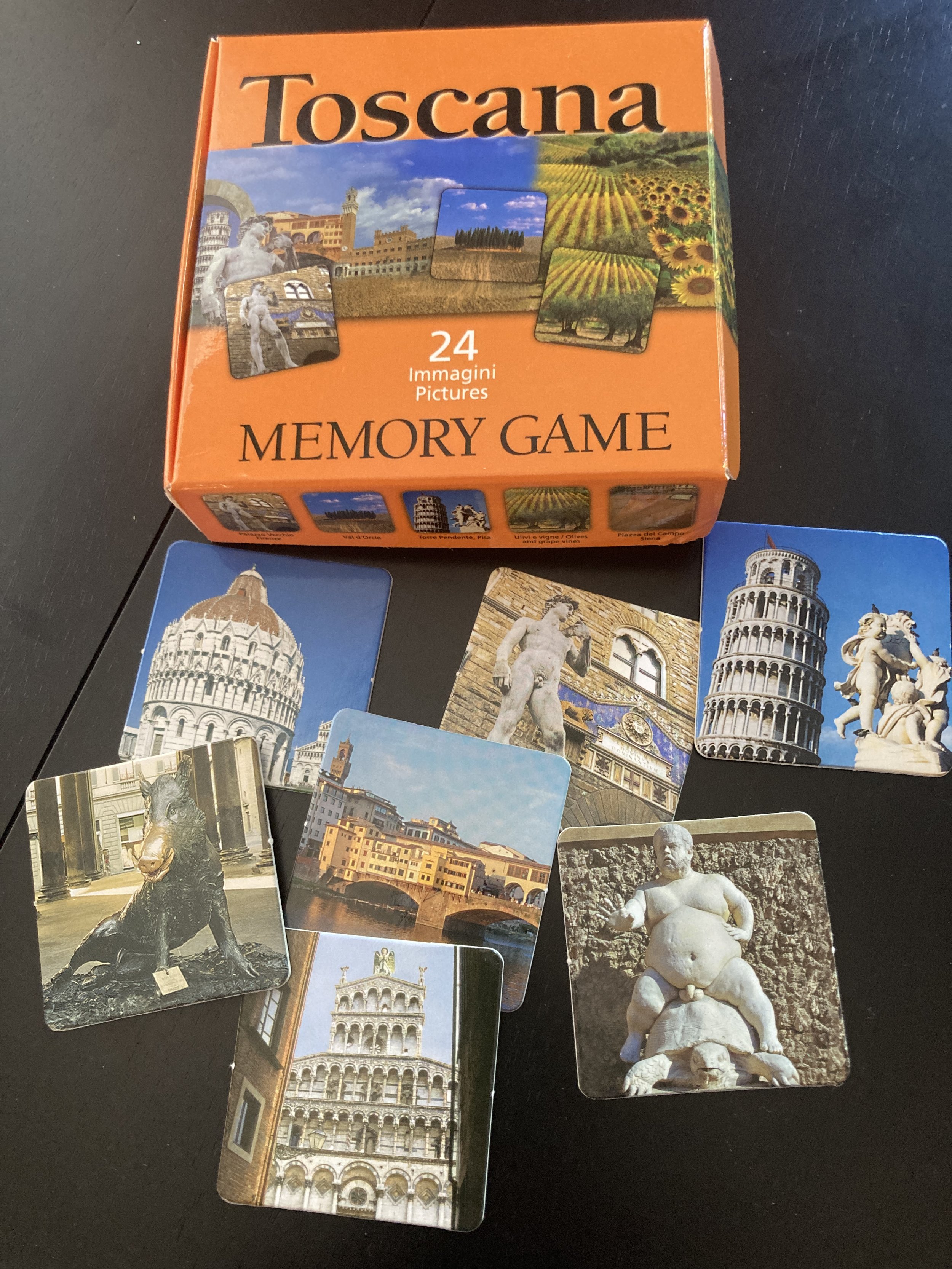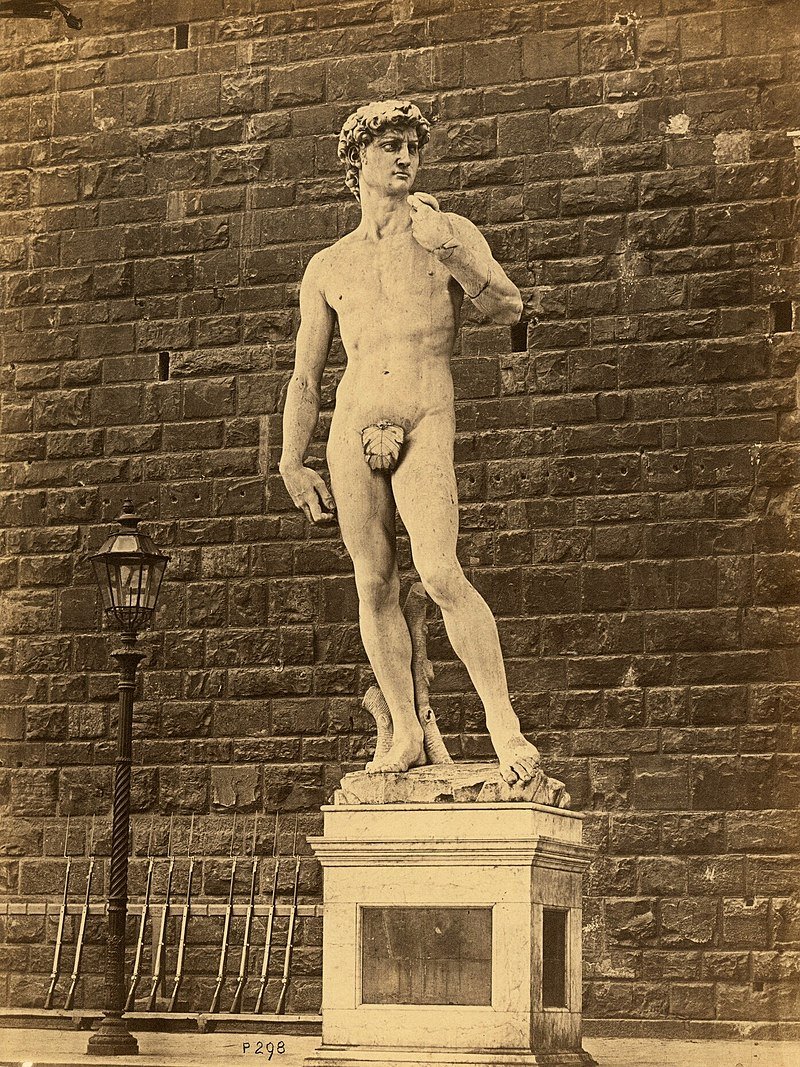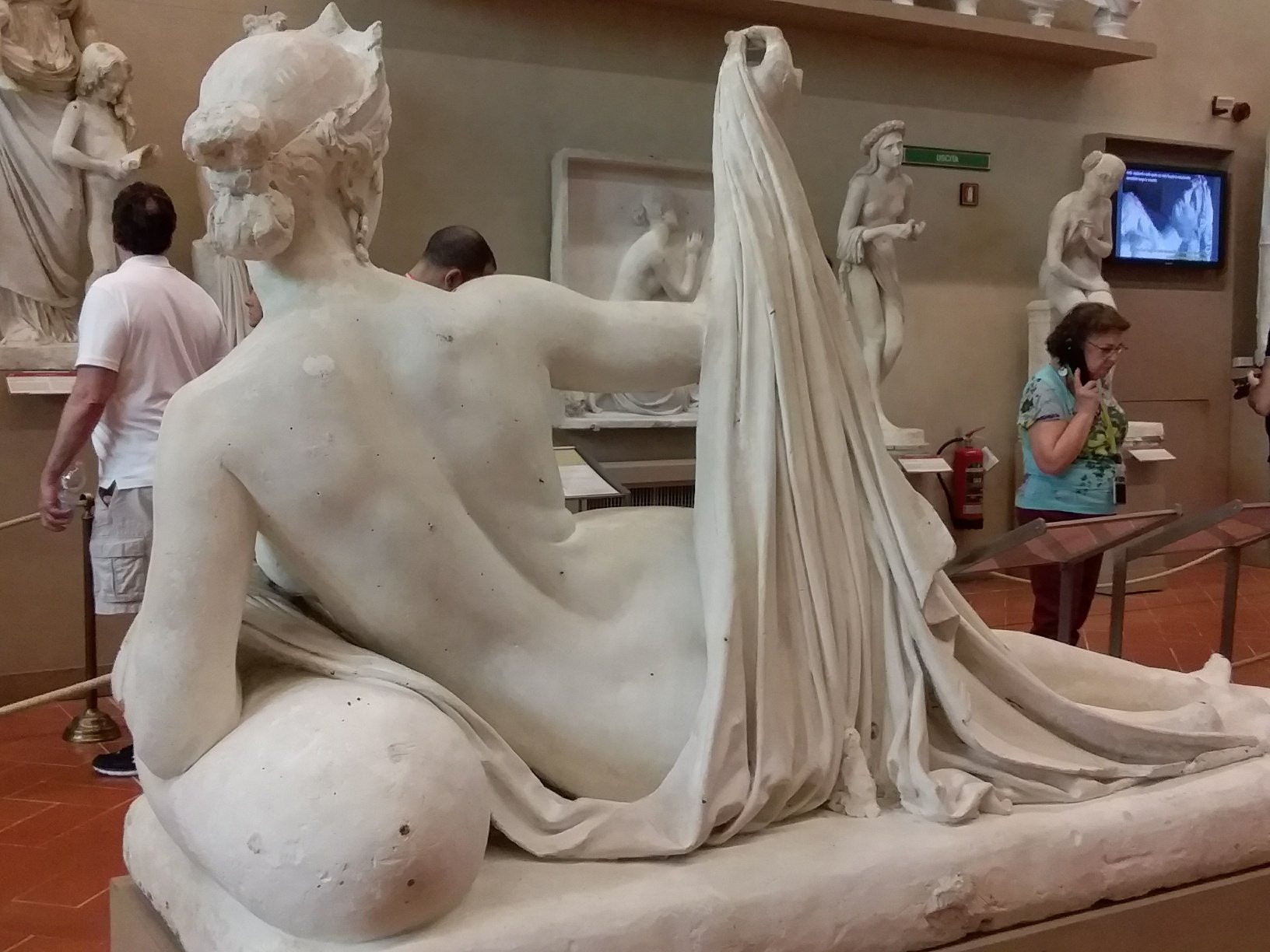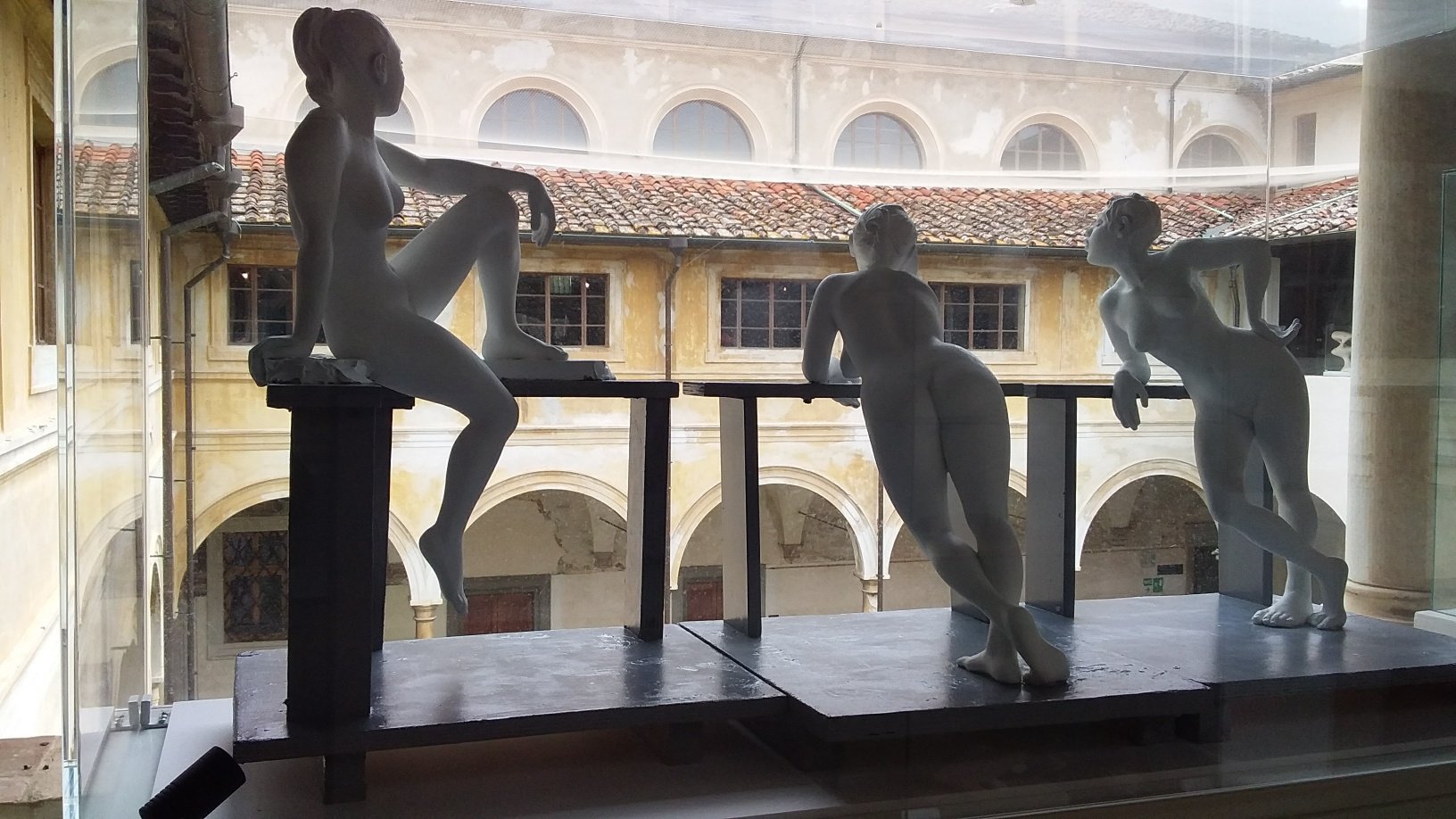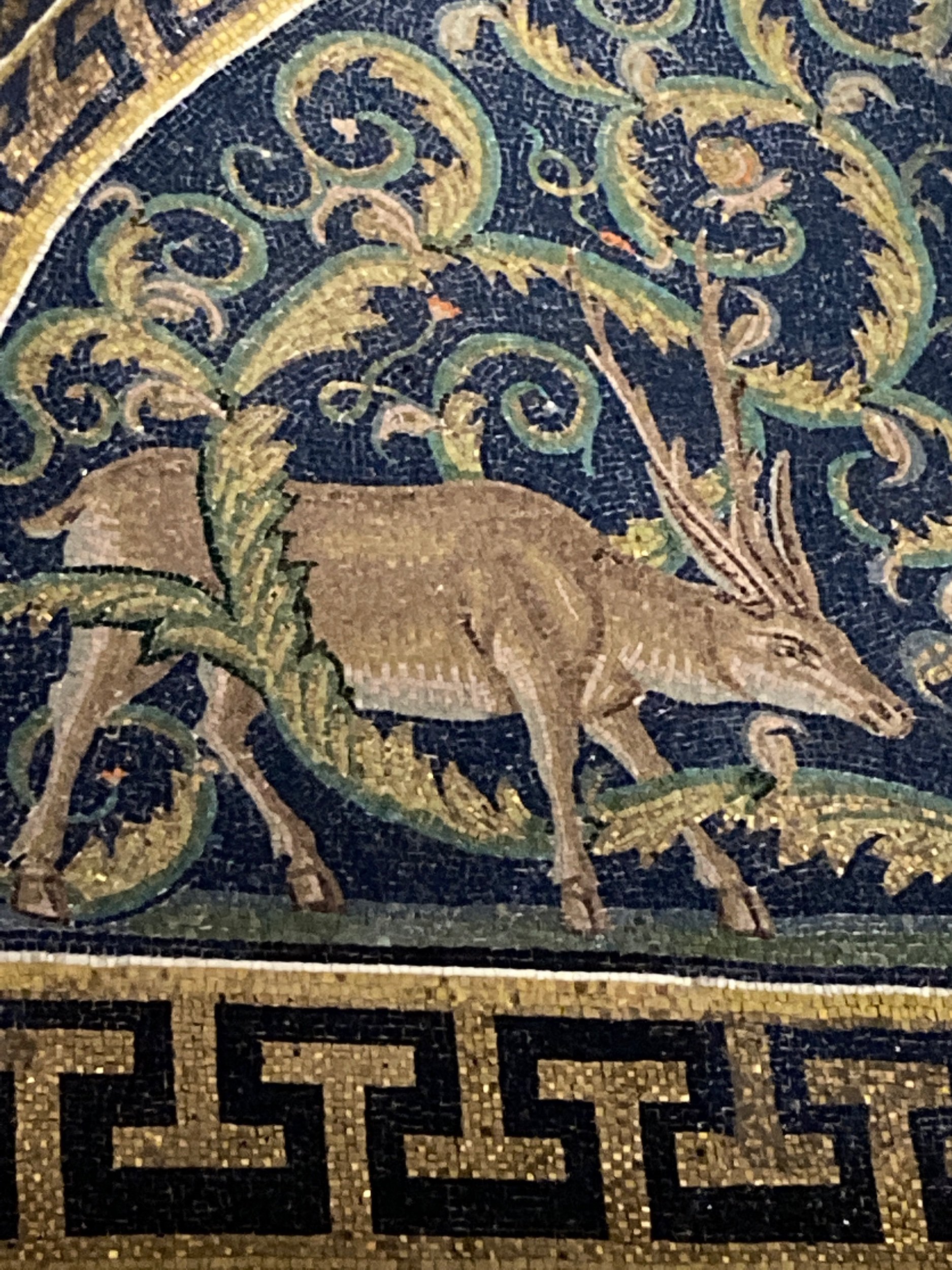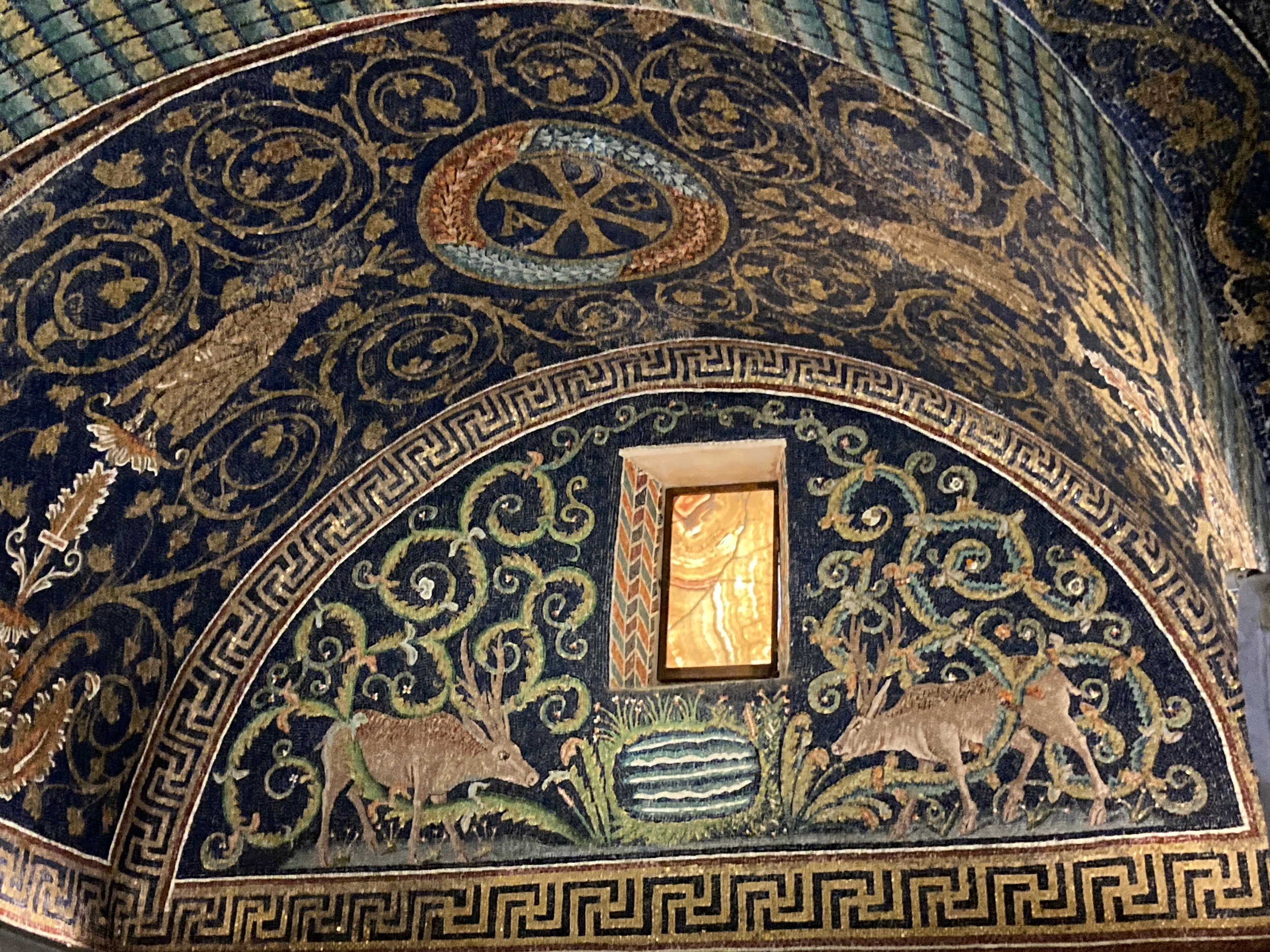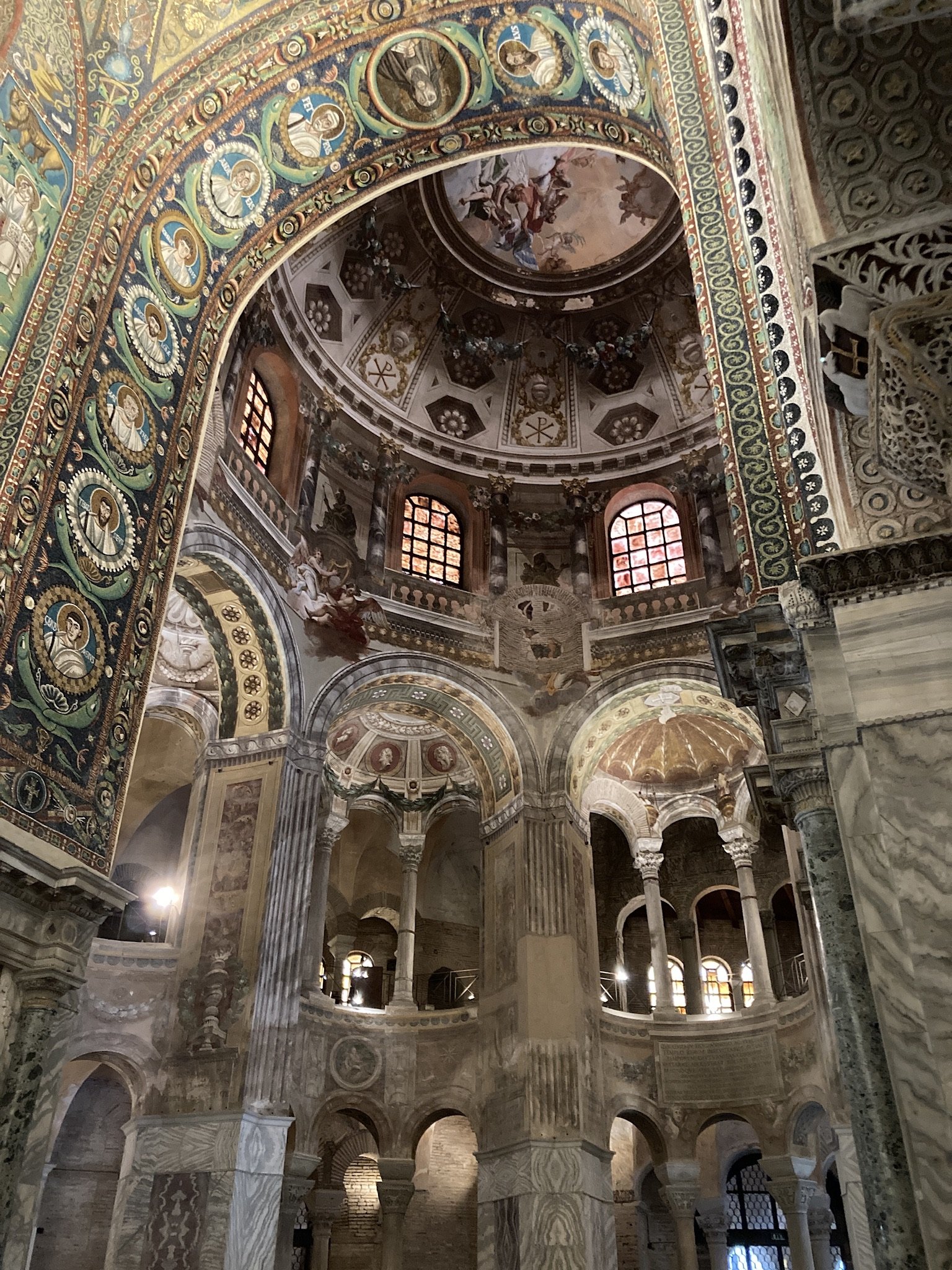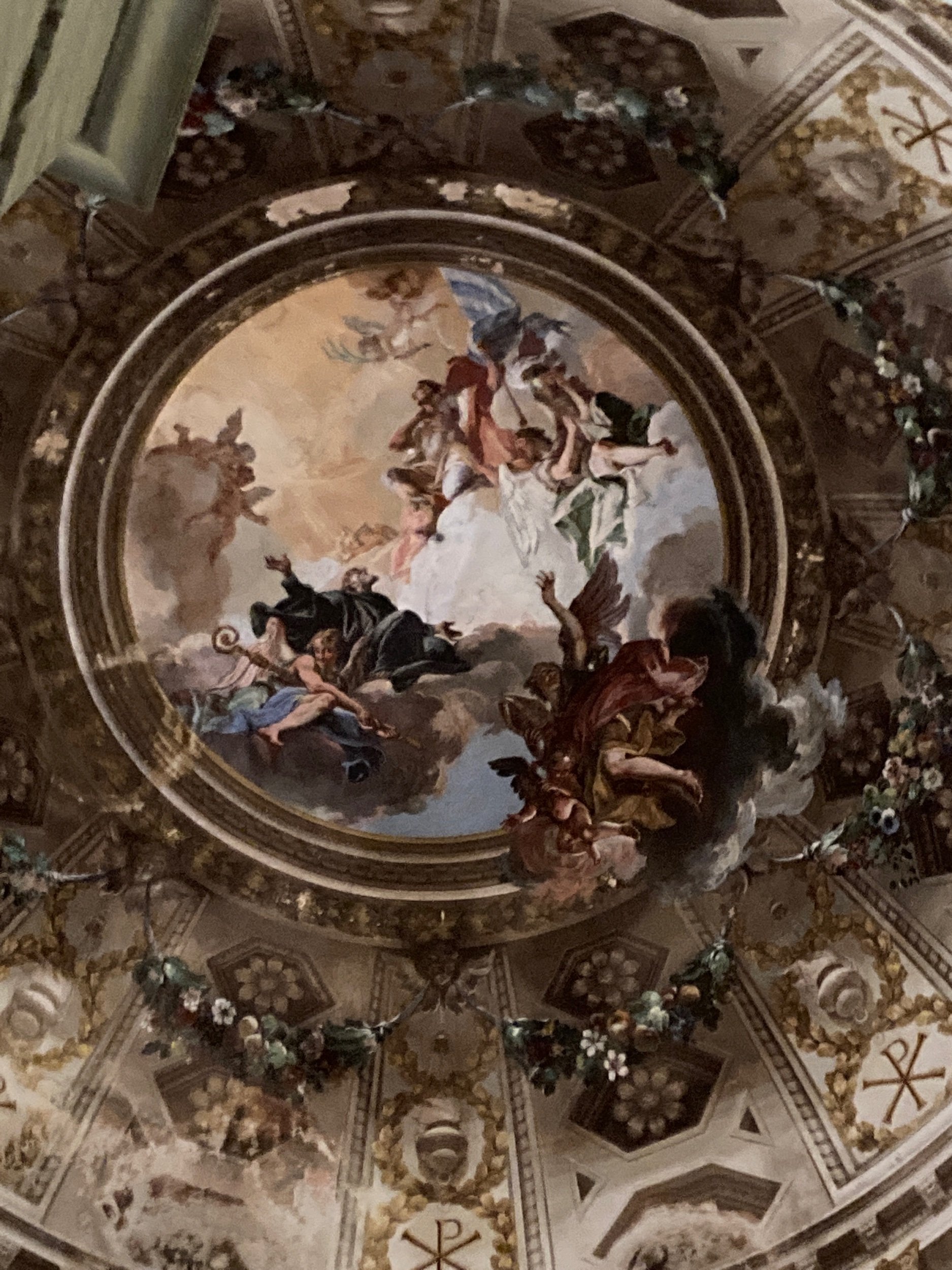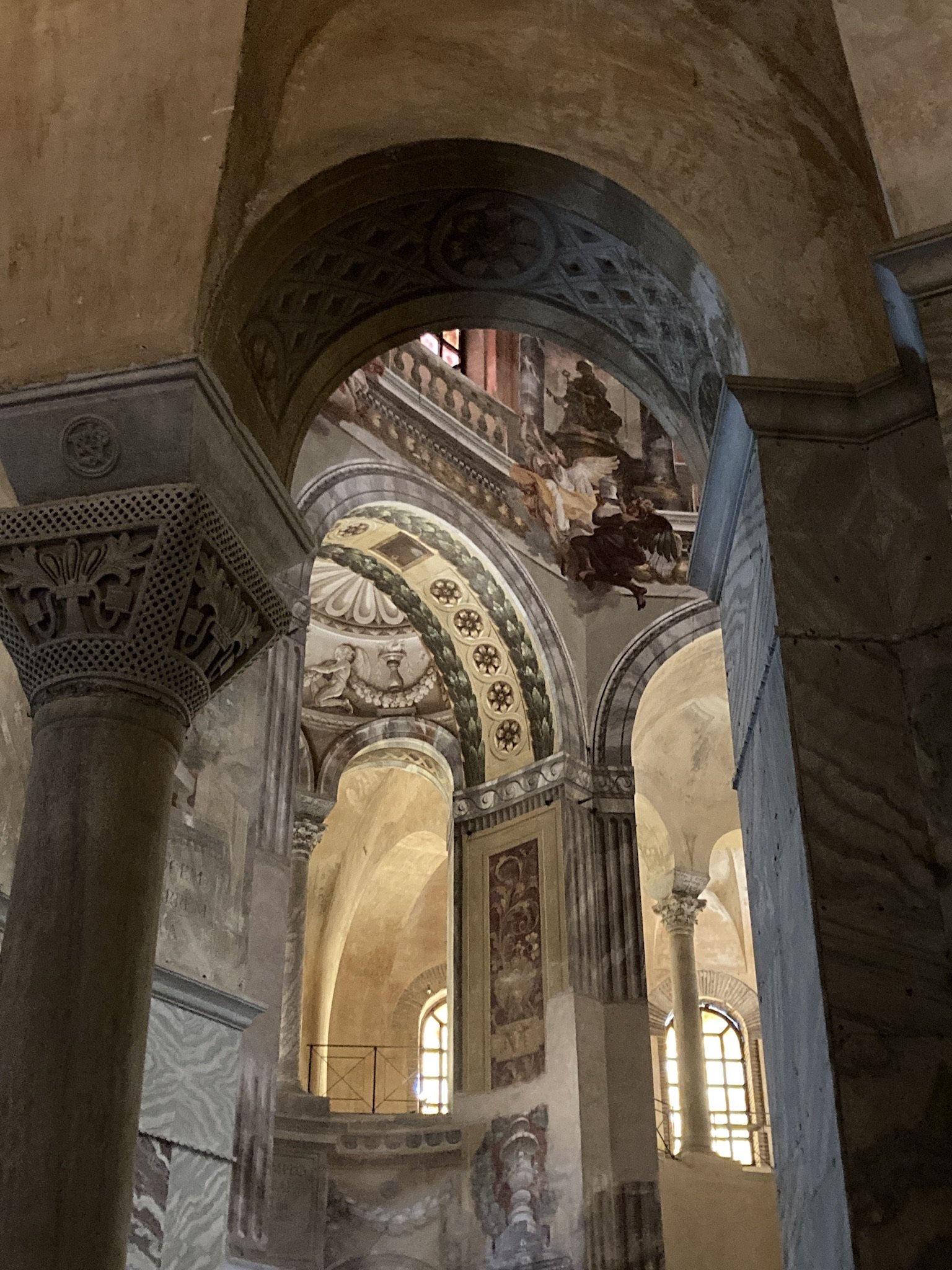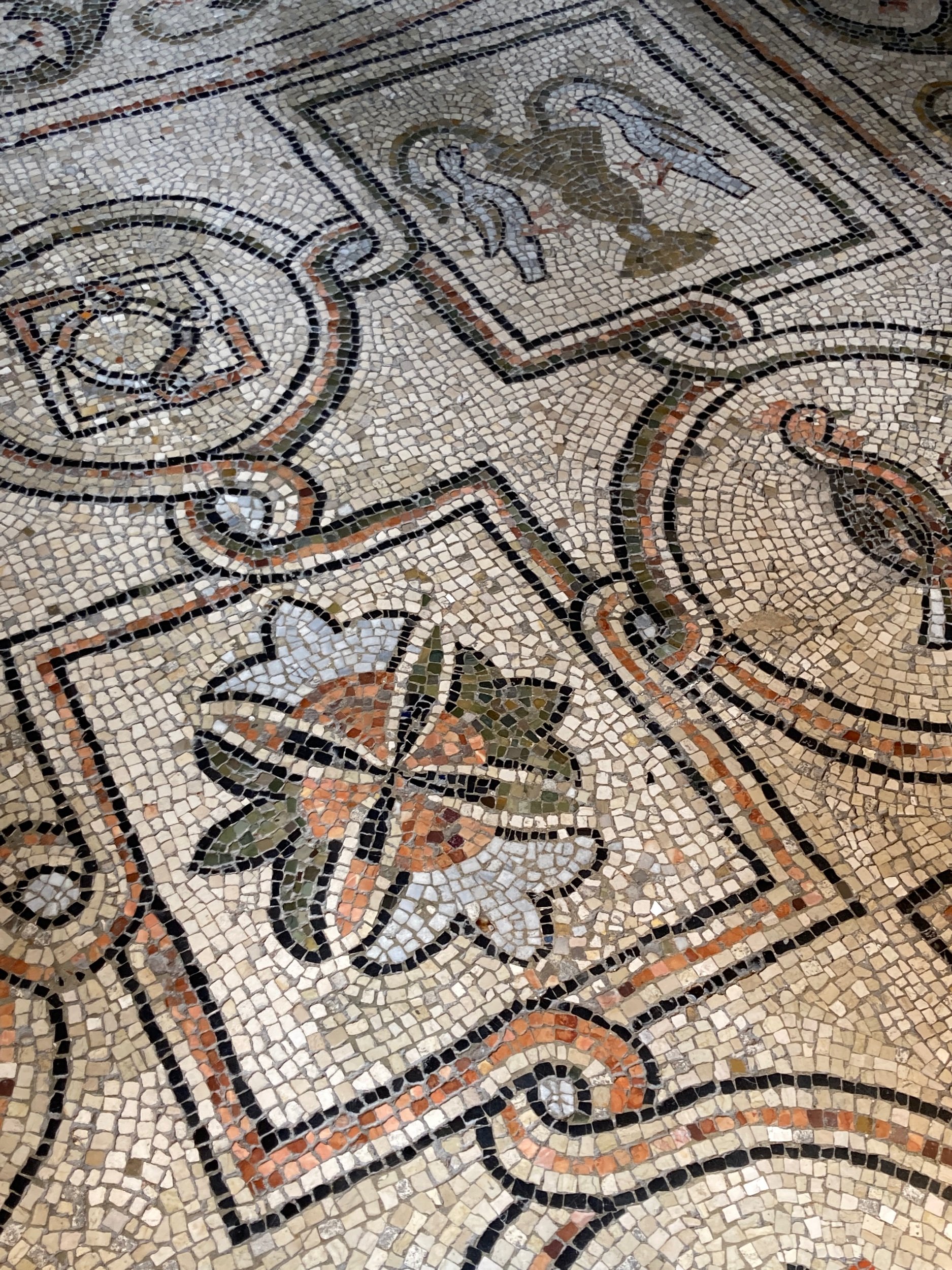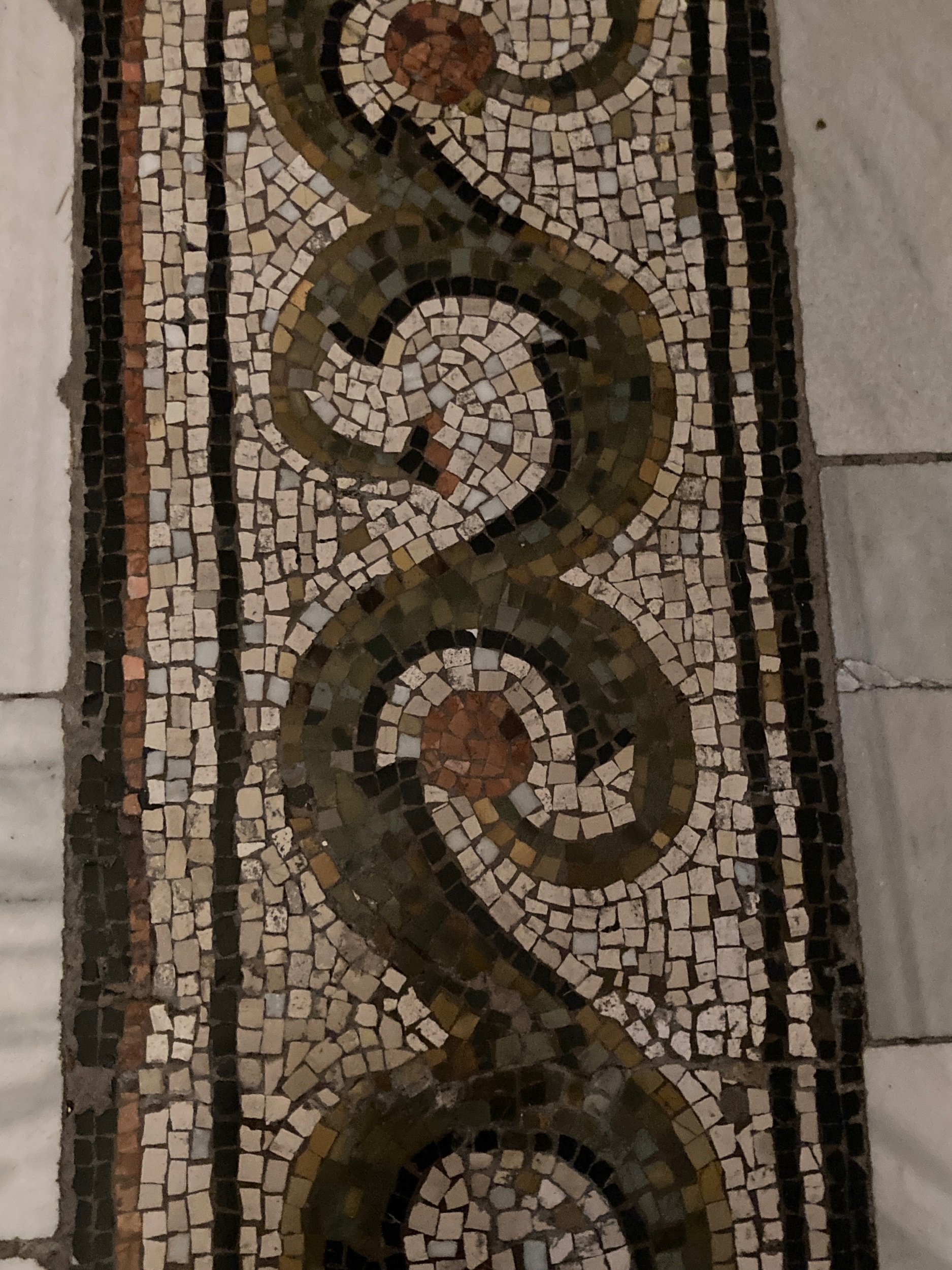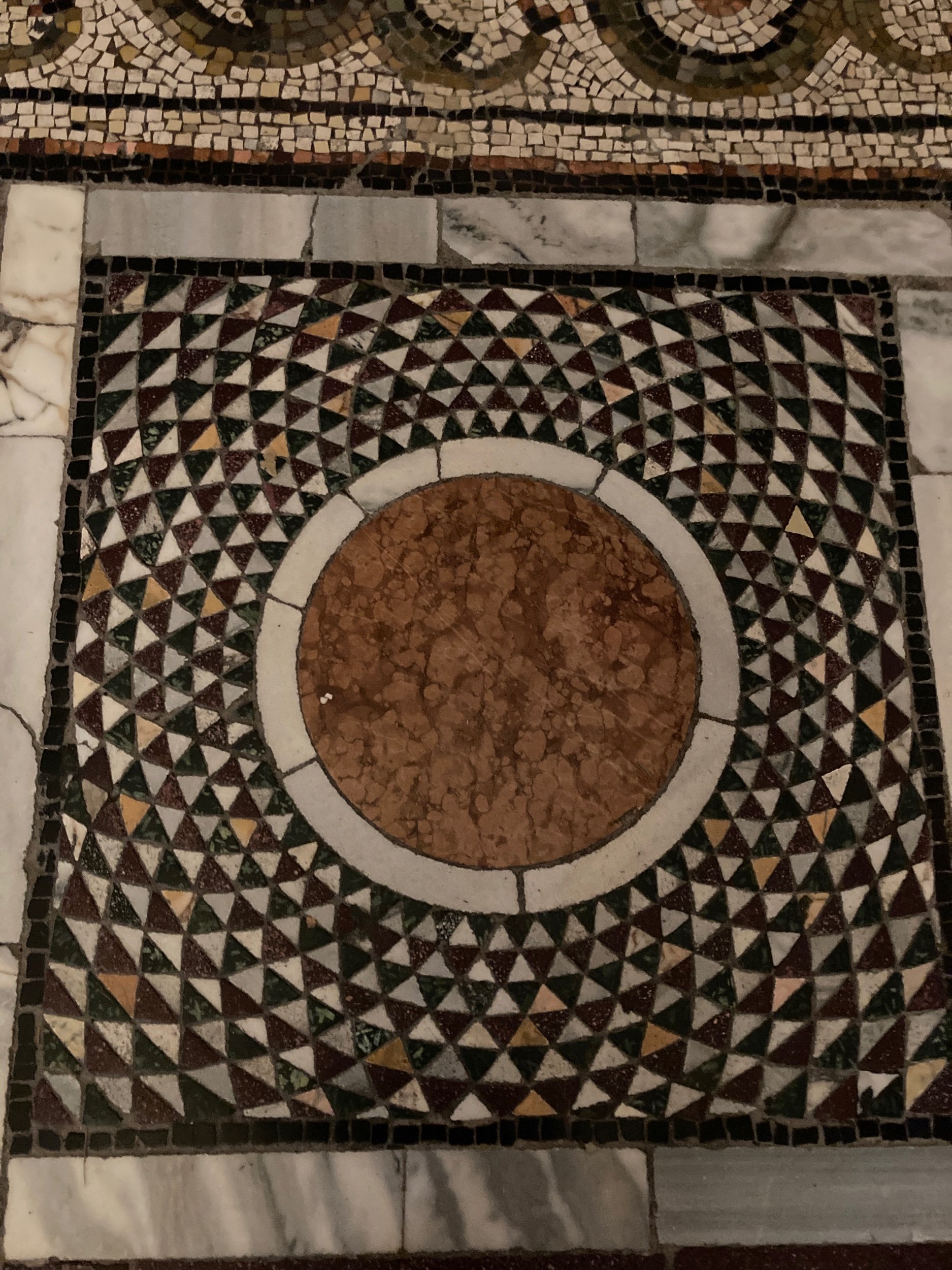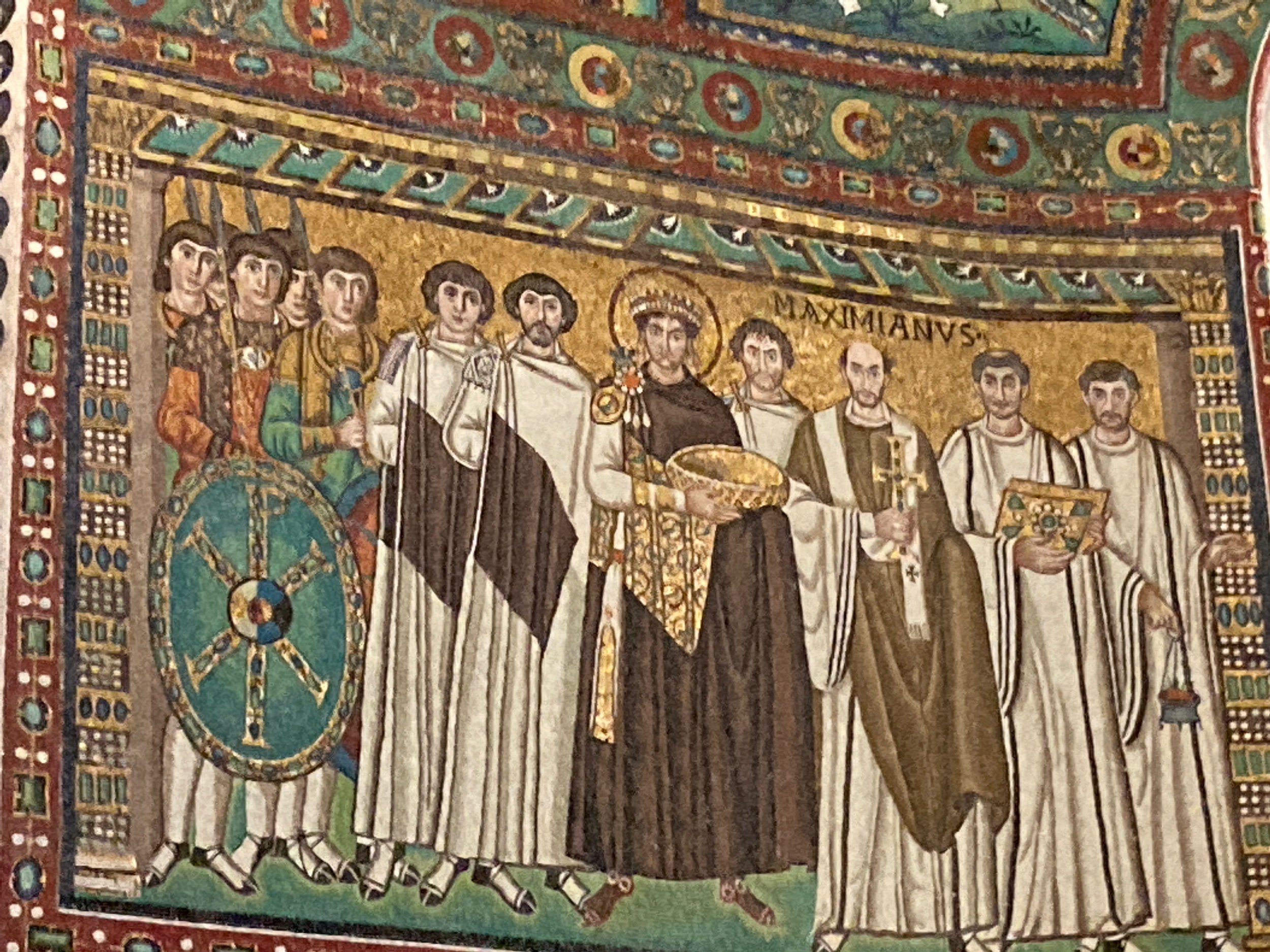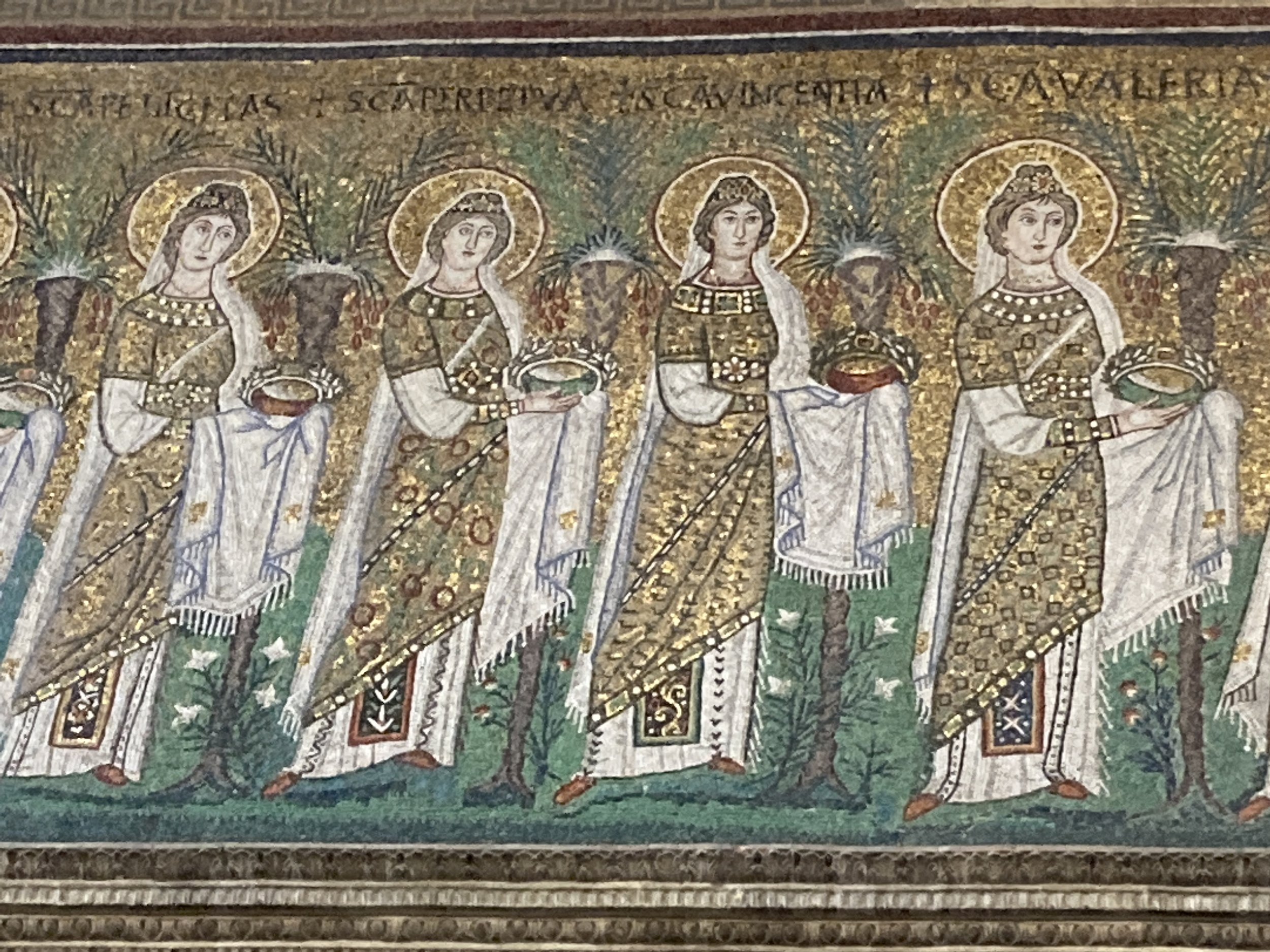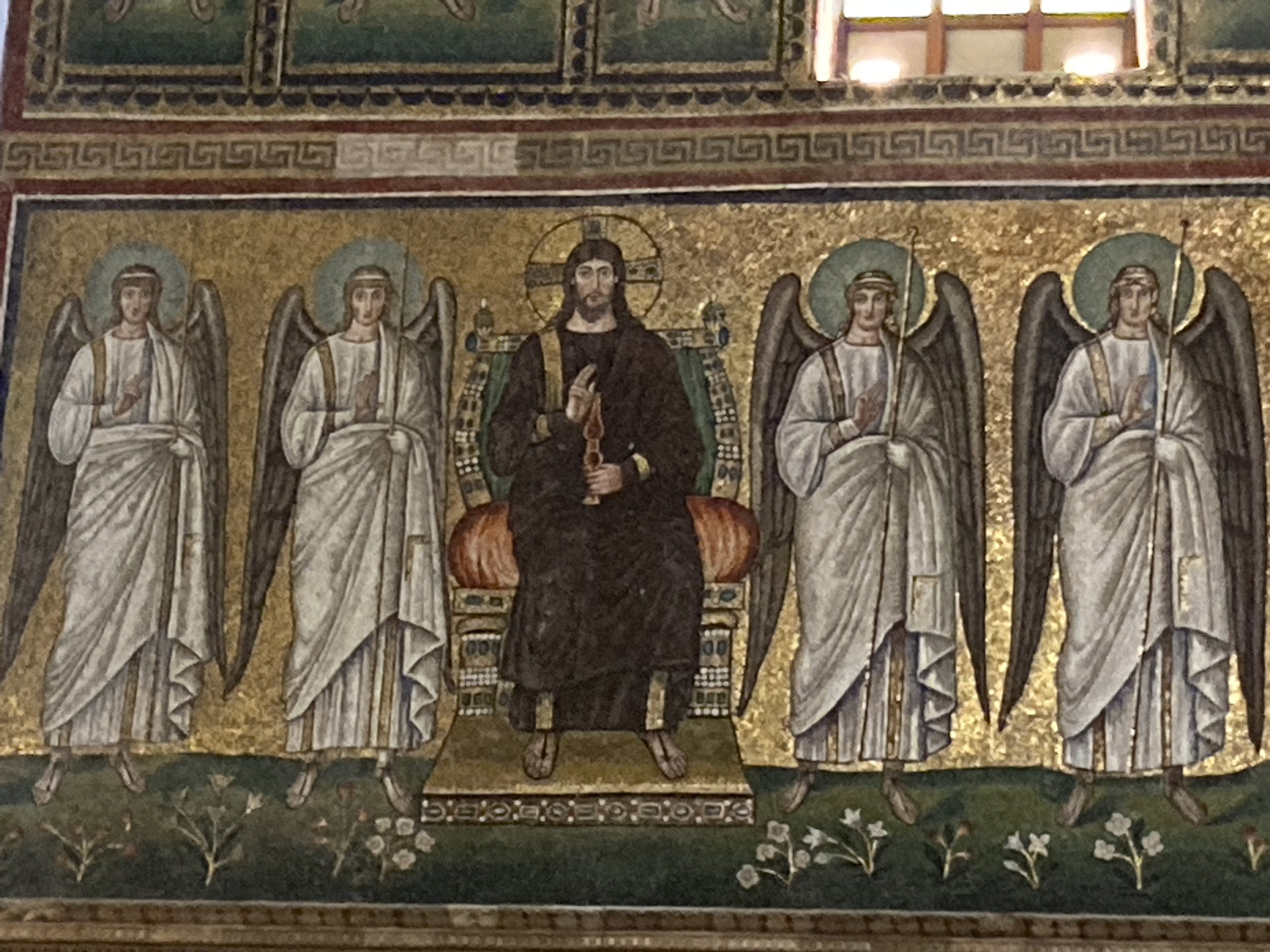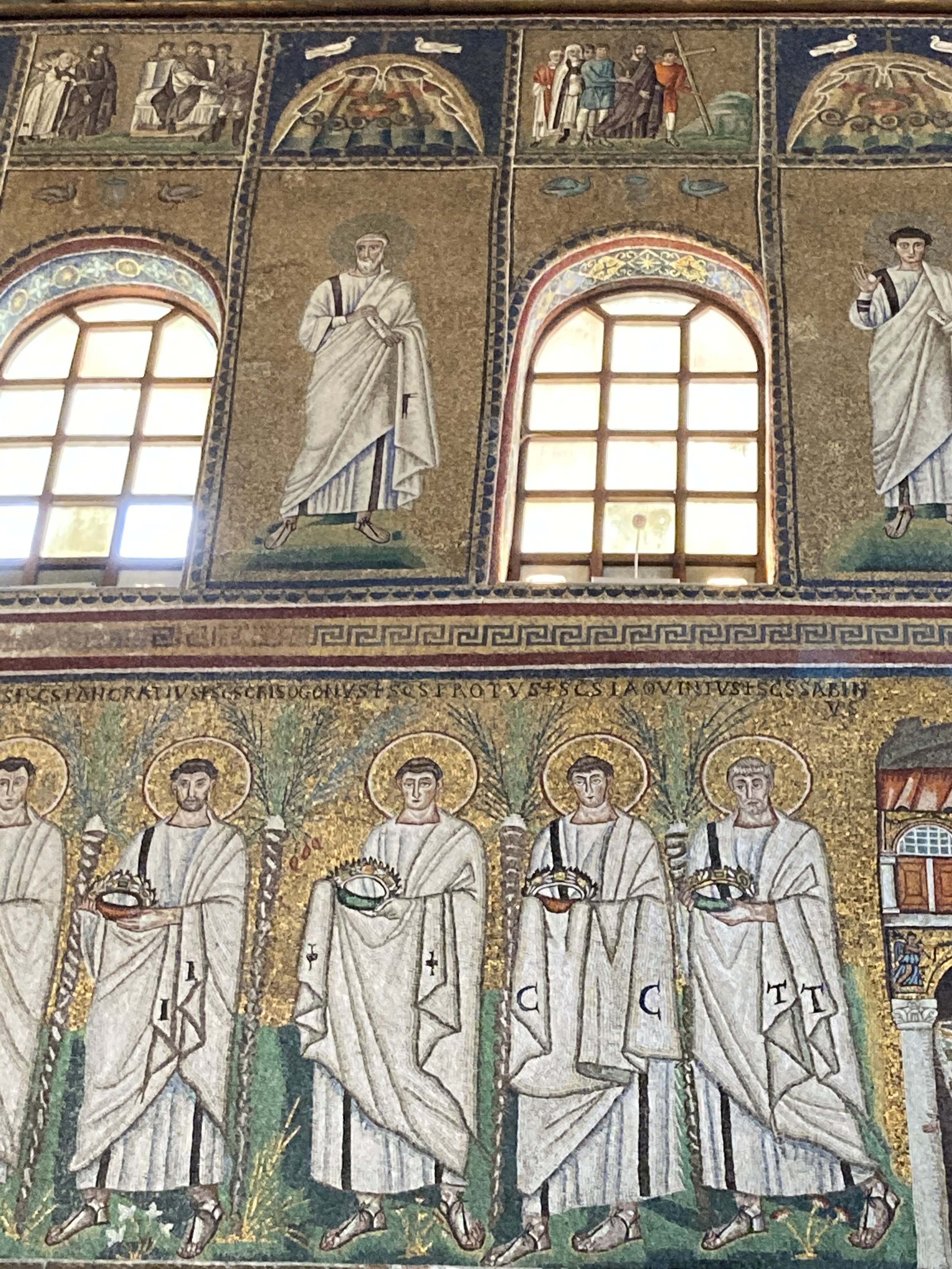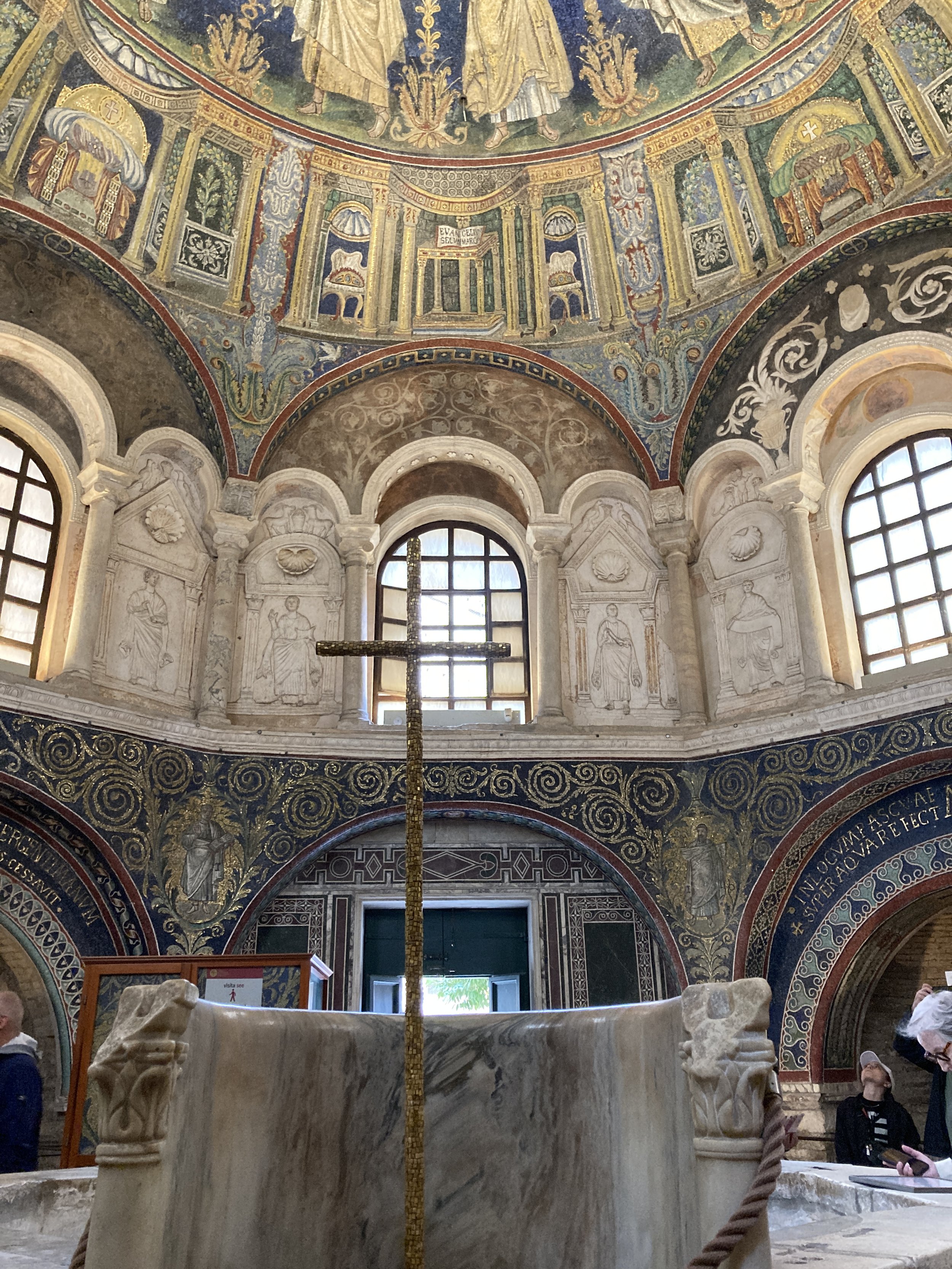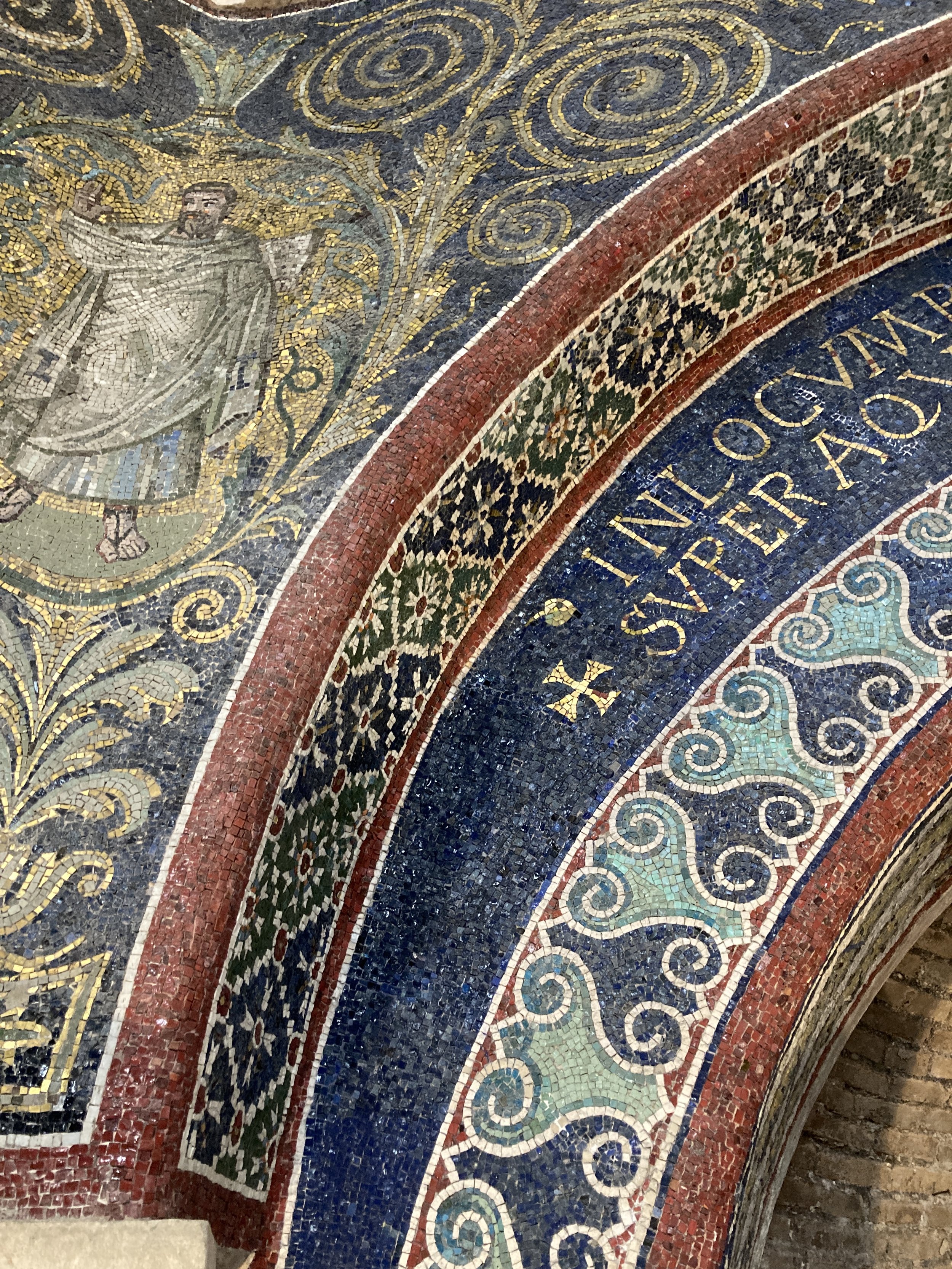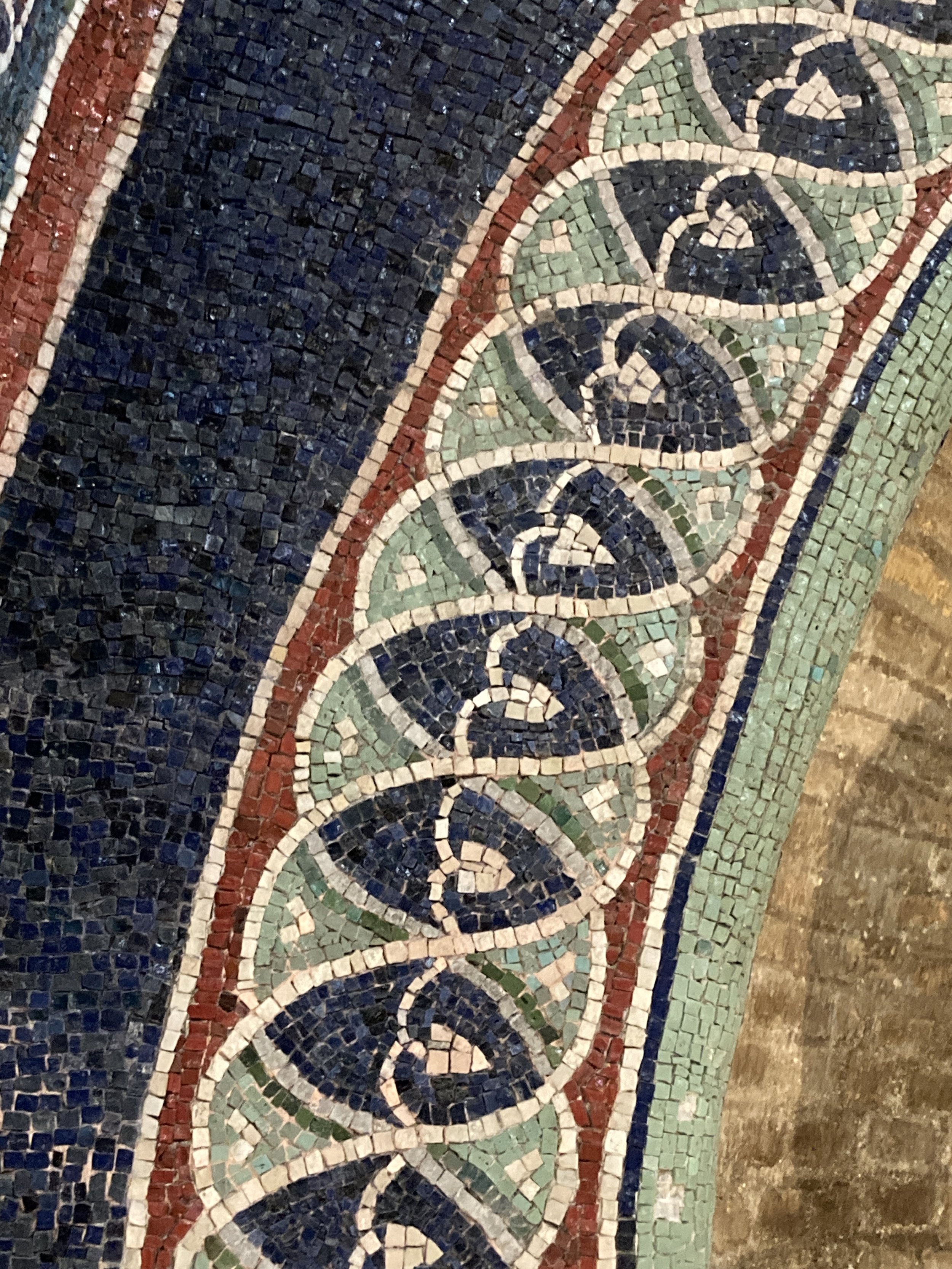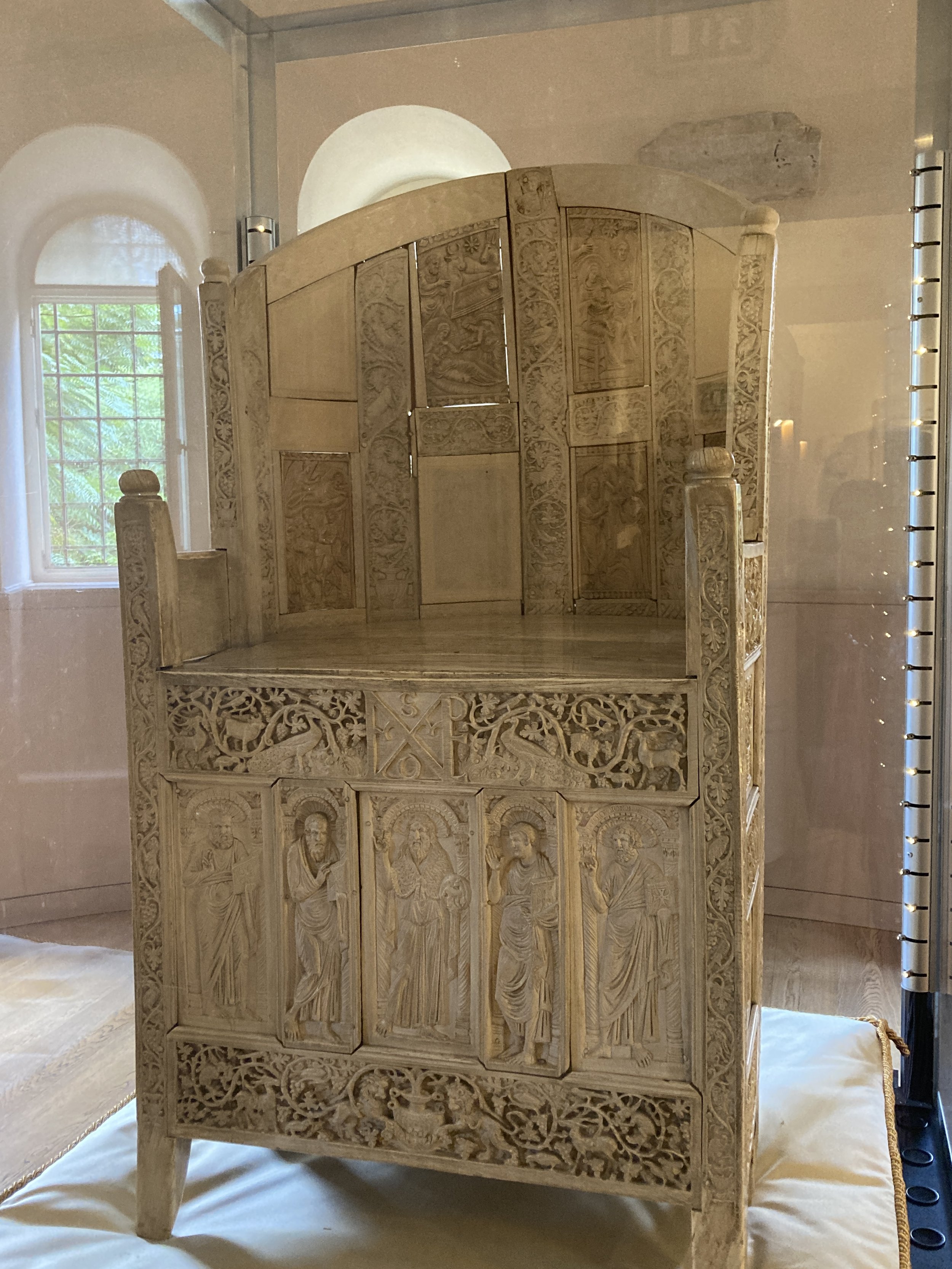Bentornato Giugno (Welcome Back June)
Is there a better place to people watch on a June morning than a piazza in Tuscany?
The month of June has arrived, bringing ideal weather to Lucca. Blue skies are dotted with wispy clouds, the temperature is unusually mild, and there is just a hint of breeze. An occasional rain helps keep things cool. Perfetto!
Along with the lovely weather, the beginning of June also brings the start of the busy summer season. The piazze (that’s plural for piazza, the squares that make Italian cities so enjoyable in summer) are filled with big umbrellas, outdoor tables, bustling waiters, lively visitors and locals, and street musicians. This morning, as I sipped a cappuccino in Piazza San Michele, the gentle, just-right-volume sound of Beatles music drifted in from under the nearby loggia. Mornings like this feel cinematic, with me starring in my very own set-in-Italy film, complete with soundtrack.
Piazza del Giglio, Lucca
Another piazza, Piazza del Giglio, hosted a ceramic market last weekend. The booths were filled with all types of ceramic goods. Many featured items that were both beautiful and well suited to daily use – coffee and tea cups, bowls, pitchers, oil carafes, teapots. The designs and colors were eye-catching.
The booth that I found most enchanting was full of ceramic buttons, earrings, and small ornaments. The buttons were all sizes, from tiny to extra-large, and decorated with hand painted designs. It was impossible to look at them and not smile. There were flowers, hearts, birds, houses and fish made into bottoni (buttons) and orecchini (earrings).
Ceramic art pieces and jewelry were also a feature of the market. From whimsical dogs and cats to pretty pins and earrings to stunning sculptural pieces there was something to please everyone.
The first weekend end of June also saw the start of the Lucca Summer Festival (LSF 24).
The season-long music festival is the big event of summer, drawing large crowds and big acts to town. A huge stage is constructed on the green space just outside the walls. This is there where the largest concerts will take place.
Booths with box seats are placed along the walls high above the stage. Eric Clapton, on June 2nd, was the first concert on the big stage. Fortunately an afternoon thunderstorm ended in time so that it did not impact the concert.
Ed Sheeran will follow with two concerts next week.
People without tickets often catch the music from the street just inside the walls, nearest to the stage. Years ago I heard the Rolling Stones from that spot, along with about 1,000 other ticket-less persons.
Smaller concerts will take place in Piazza Napoleone. A few lucky persons will be able to catch those concerts from their terraces a short distance from the piazza.
The list of performers is varied with something to appeal to everyone. All this and it is just the first weekend of June! It is going to be a busy summer in Lucca.
Ceramic flowers - no watering required!


